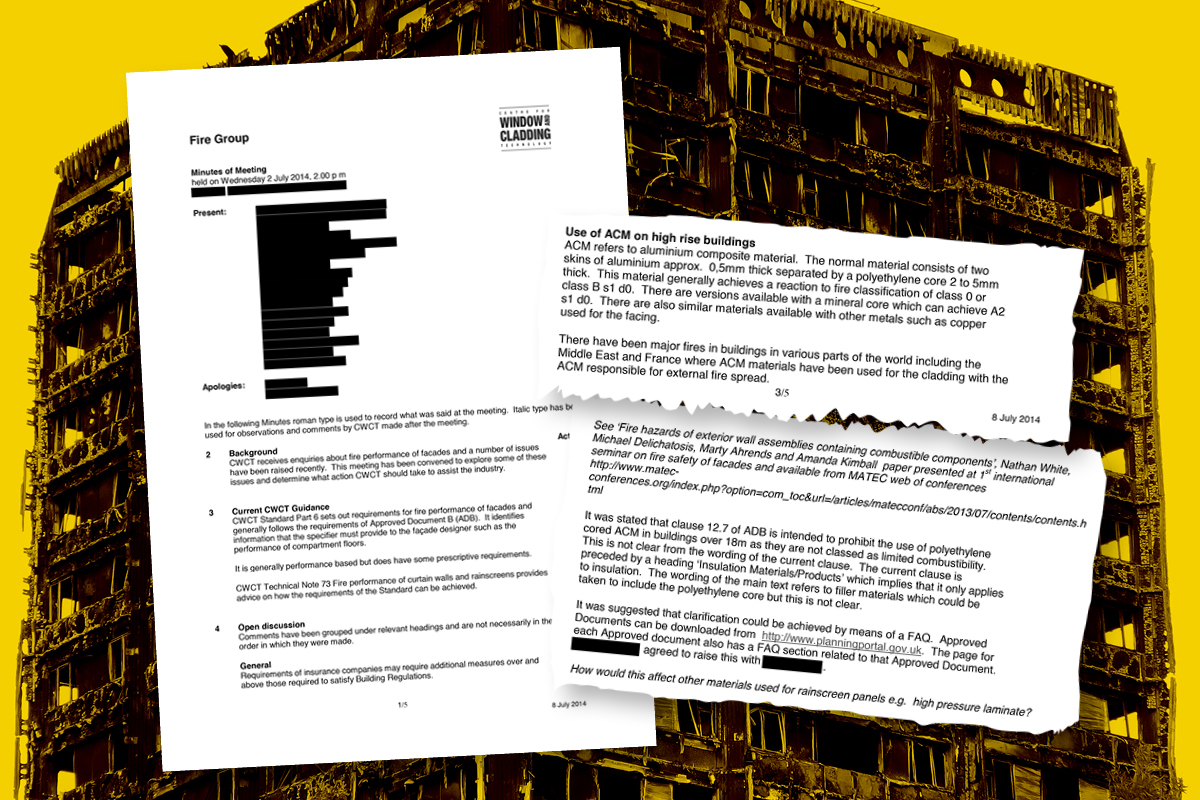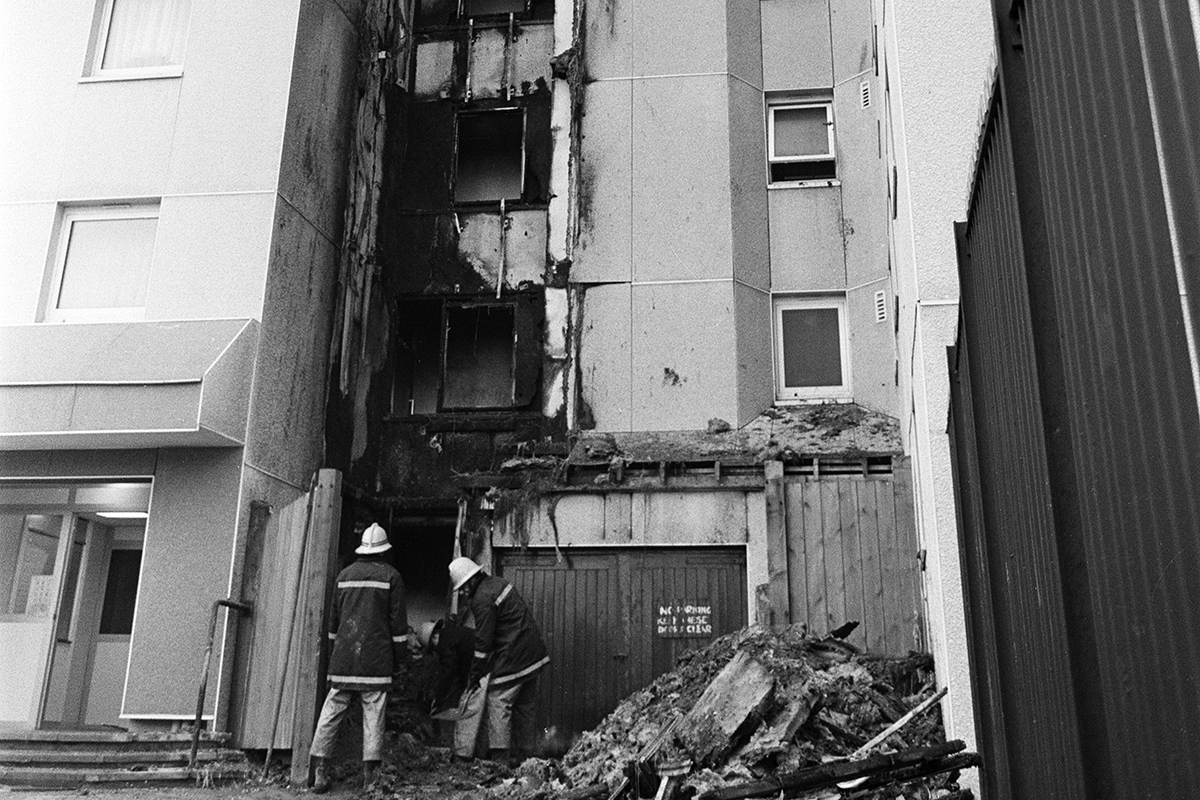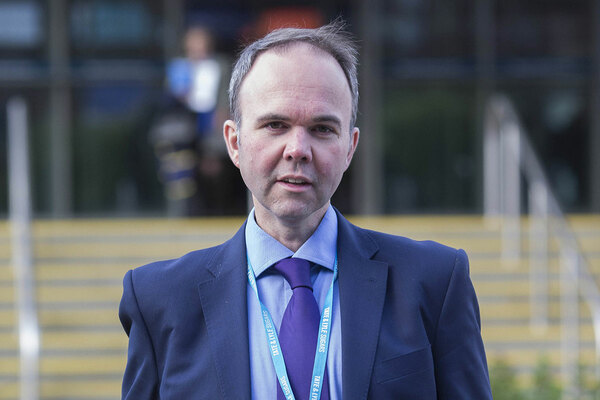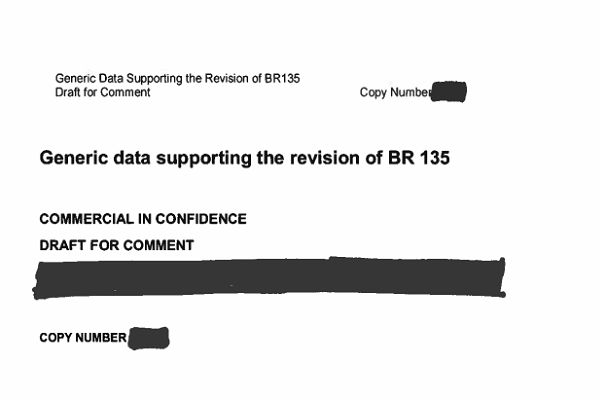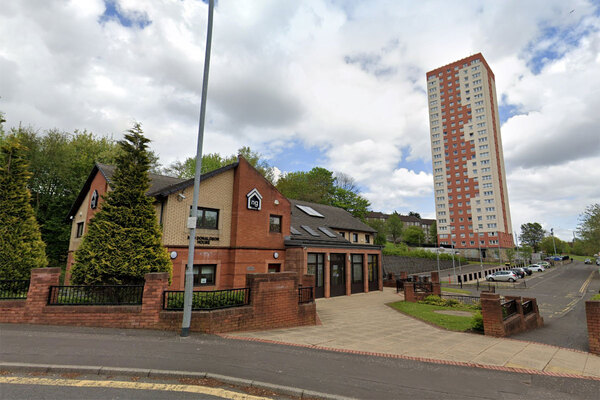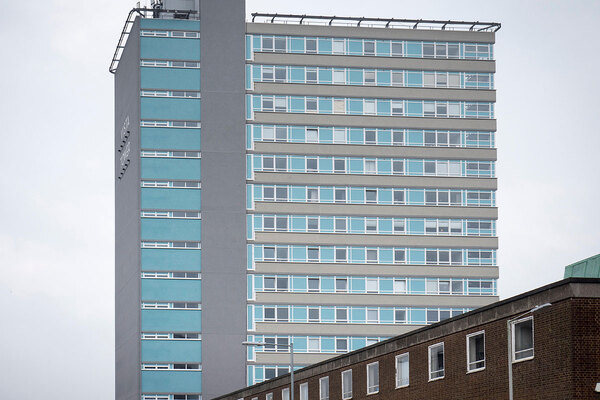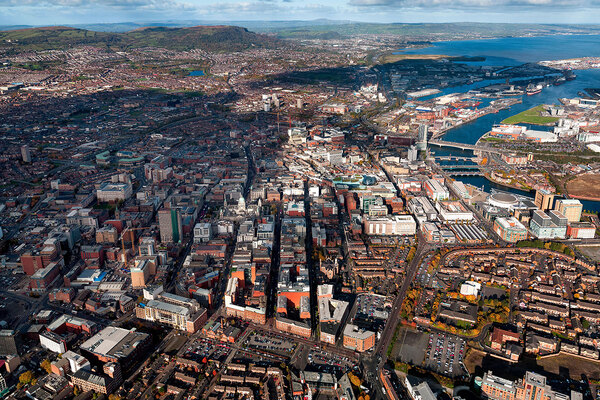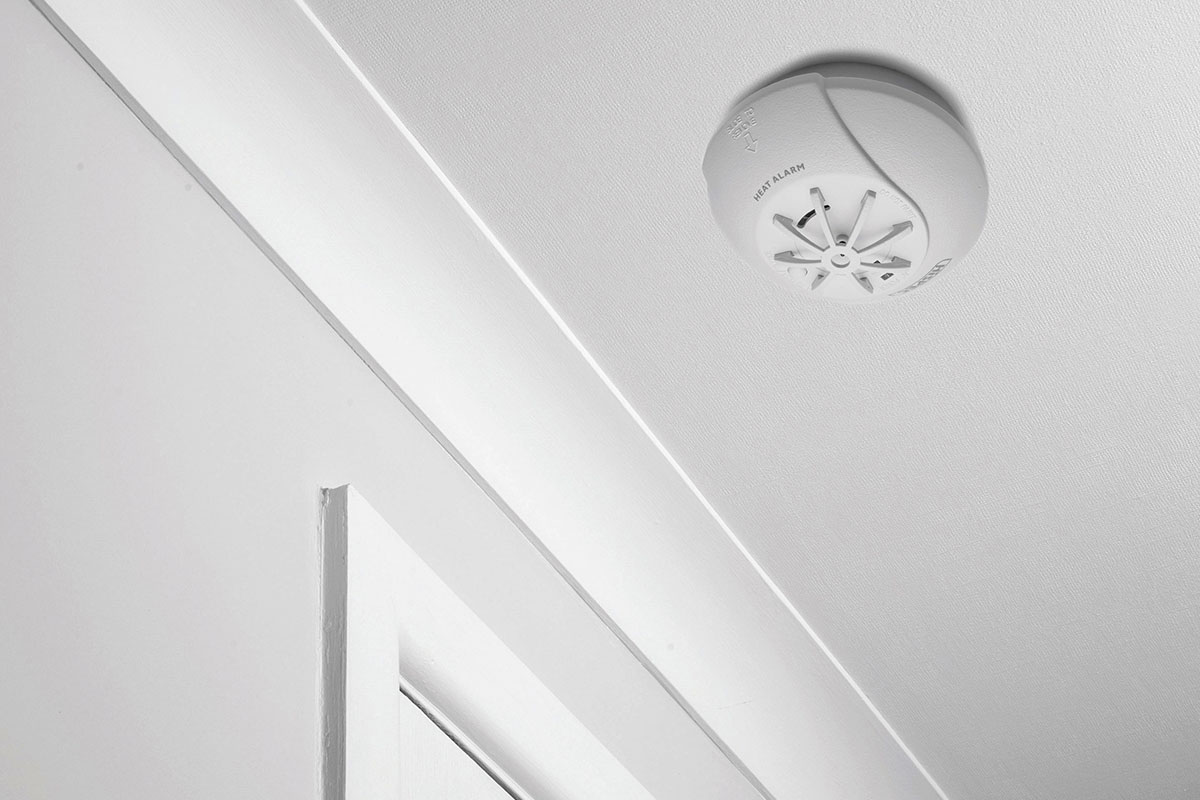Cladding systems failed government-commissioned fire tests in 2004, leaked document reveals
A series of cladding systems failed fire tests carried out for the government in 2004, but the results were never revealed before the materials were installed on thousands of buildings, a new document obtained by the BBC has revealed.
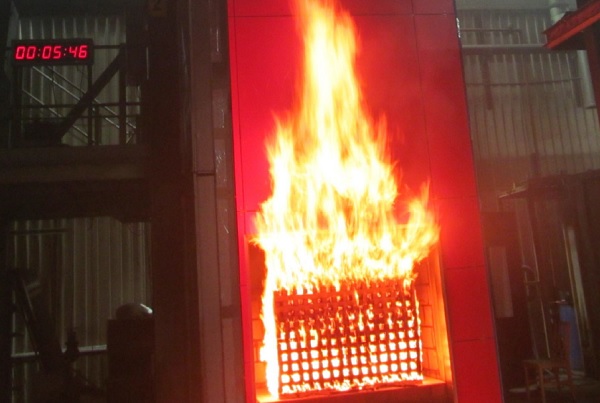
A research report first obtained by the BBC shows 10 external wall systems were subjected to fire tests as officials sought to develop a new testing methodology for cladding in the mid-2000s.
The document – also seen by Inside Housing – shows systems containing materials such as high-pressure laminate (HPL), expanded polystyrene and phenolic insulation failed the tests. These systems are currently being removed from thousands of buildings around the UK, in many cases at the cost of individual leaseholders.
One test was carried out on a material described as ‘aluminium-based cladding panels’, although the document does not specify whether or not this was the same ‘aluminium composite material’ installed on Grenfell Tower a decade later.
This test was terminated after 12 minutes, with temperatures exceeding 900°C, making it the most catastrophic failure of the 10 systems tested.
The tests were part of a research programme commissioned by the Labour government at the time and carried out by the Building Research Establishment (BRE), a former national testing facility privatised in 1997. The report on the tests is marked “commercial in confidence”.
Eight of the 10 systems were tested without fire barriers, meaning they did not replicate real-world conditions. However, the evidence of potential danger did provide an opportunity for government to toughen restrictions on their use.
The testing came 13 years before the Grenfell Tower fire killed 72 people and sparked a nationwide review of the materials used on external walls. Hundreds of thousands of residents are currently stuck in flats rendered worthless by the presence of similar combustible materials on their homes.
The government has not released the document in the four years since the fire, despite concern and uncertainty in the industry about the safety of various types of cladding systems.
The revelation comes around two months before government officials and ministers take the stand at the Grenfell Tower Inquiry to answer questions about their failure to prevent the disaster.
A government spokesperson said the tests were “experimental” and were carried out “to check the criteria for testing”, rather than to assess the “intrinsic safety of building materials”.
But a spokesperson for the UK Cladding Action Group (UKCAG) said the report was “staggering new evidence”, adding that “the British state knew from this moment on that it was gambling with a disaster in a high-rise, but it chose not to act”.
The testing assessed five systems with a cavity (similar to the ‘rainscreen’ cladding system used on Grenfell Tower), and five in which insulation was rendered directly onto the exterior of the building.
All the cavity-based systems used non-combustible insulation, meaning they have a lower fire load than the system at Grenfell Tower and in many blocks around the country which require remediation. Despite this, all of them failed.
Some rainscreen systems comprising non-combustible materials also failed – potentially pointing to the dangers of missing fire breaks even in these systems.
For the rendered systems, one non-combustible system passed, while three utilising combustible insulation failed. An expanded polystyrene system with fire barriers also passed.
However, the expanded polystyrene tested without fire barriers was the most serious failure of the five rendered systems tested. The test was terminated after 20 minutes and temperatures exceeded 900°C.
The results were:
Cavity systems:
- System one: High-pressure laminate cladding, mounted on timber battens with mineral wool insulation and no fire barriers. The system failed.
- System two: Non-combustible-material based laminate cladding, mounted on timber battens with mineral wool insulation and no fire barriers. The system failed.
- System three: Aluminium-based cladding panels on railings with glass wool insulation. The system failed, with the test terminated after 12 minutes.
- System four: Non-combustible-material based laminate cladding, mounted on railings with glass wool insulation and no fire barriers. The system failed.
- System five: High-pressure laminate cladding, mounted on an aluminium railing system with glass wool insulation and intumescent fire barriers. The system failed.
Rendered systems:
- System one: 120mm mineral wool insulation. The system passed.
- System two: 60mm phenolic foam insulation with no fire barriers installed. The system failed.
- System three: 70mm polyurethane insulation with no fire barriers installed. The system failed.
- System four: 100mm expanded polystyrene with no fire barriers installed. The system failed, with the test terminated after 20 minutes.
- System five: 100mm expanded polystyrene with fire barriers at each floor level. The system passed.
An introduction to the report on the tests said it had been commissioned to support a revision to an early version of BR 135, the document that would ultimately set the rules for official tests on cladding.
The work to develop this testing followed cladding fires in Merseyside and Scotland in the 1990s.
A parliamentary committee convened to investigate the risk from cladding fires following these fires had recommended the tightening of performance standards in official guidance to prevent a future disaster.
In particular, it had advised the removal of the Class 0 standard for cladding panels, a classification which many dangerous, combustible materials can achieve.
It had also suggested the use of large-scale testing be incorporated into official guidance to ensure the safety of future systems.
But while the government pushed ahead with the testing – with this work a part of that process – it never tightened standards, leaving the deficient Class 0 standard in guidance until after the Grenfell Tower fire.
The Grenfell Tower Inquiry has heard evidence that the large-scale testing, which became popular with the manufacturers of cladding products from 2005 onwards, was manipulated, with a single test pass to justify the wide-ranging use of combustible materials in systems which were never tested.
A spokesperson for UKCAG said: “This is staggering new evidence which shows the government and its advisors knew these materials were dangerous, but simply stood back and allowed them to be installed on hundreds of thousands of buildings. The British state knew from this moment on that it was gambling with a disaster in a high-rise, but it chose not to act.
“We – the residents of buildings clad with these flammable materials – need to know why. Even more urgently, so do those who lost loved ones in Grenfell Tower.
“We also need to know why the government has not released this crucial evidence before. It has had four years since Grenfell to do so.”
A spokesperson for the Ministry of Housing, Communities and Local Government said: “We are taking action to improve building safety where successive governments have failed through our Building Safety Bill, which marks the biggest improvements to building safety in 40 years – with more rights and protections for residents and a £5bn investment to remove unsafe cladding.”
Sign up for our fire safety newsletter
Already have an account? Click here to manage your newsletters
